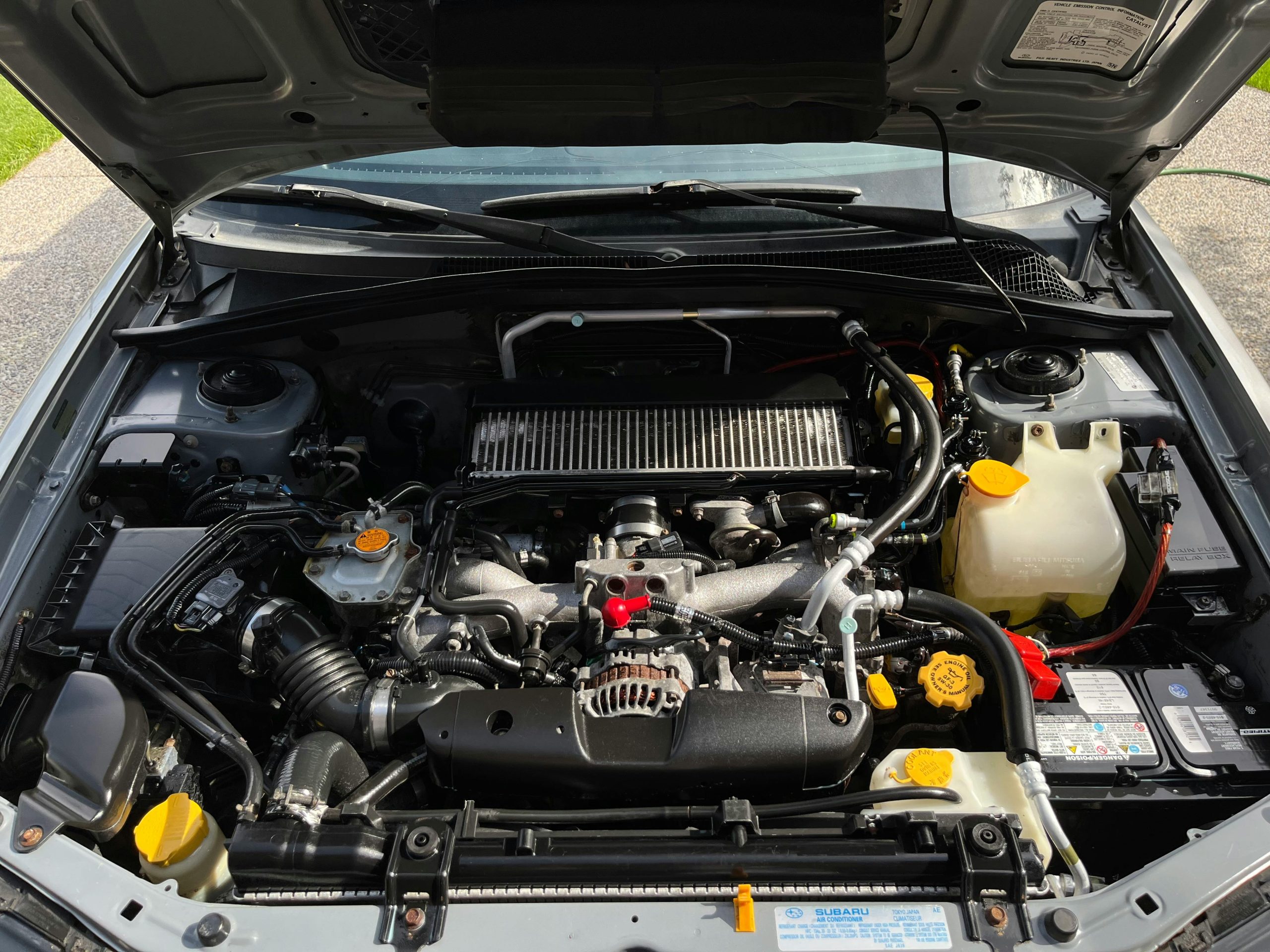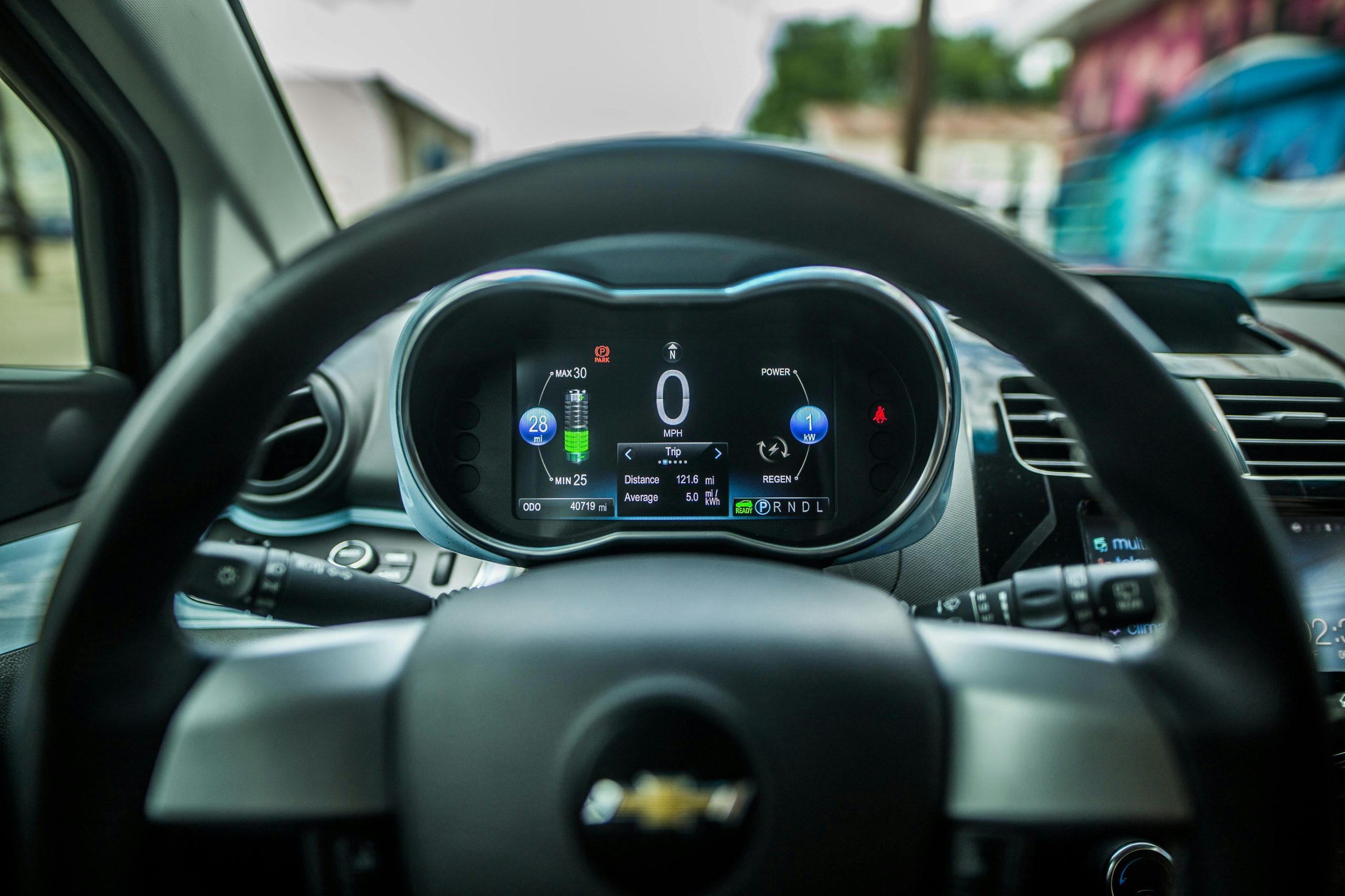While you might worry that extending oil change intervals could harm your engine, advanced synthetic oils are designed to last longer and perform better under various conditions.
You’re likely aware that these oils can handle the heat and stress better than their conventional counterparts, but did you know that by closely monitoring your vehicle’s specific needs and environmental factors, you might be able to push the limits even further safely?
Consider how modern technology, such as Oil Life Monitors, and strategies like Used Oil Analysis can effectively tailor this schedule. What could this mean for your vehicle’s health and your wallet?
Understanding Synthetic Oil
Synthetic oil, a chemically engineered product, offers superior engine protection by optimizing performance and extending oil change intervals. Unlike conventional oil, synthetic formulas are designed with a uniform molecular structure that enhances lubrication and maintains stability under extreme temperatures.
This important attribute means you’ll face fewer breakdowns and enjoy better performance, especially in severe driving conditions.
As you explore further, you’ll find that synthetic oil‘s longevity greatly surpasses that of conventional oils. Typically, you can expect a synthetic oil change interval to range between 5,000 to 7,000 miles, depending on your vehicle’s make and usage. This contrasts starkly with conventional oil, which often requires changes every 3,000 to 5,000 miles.
The manufacturers recommended guidelines increasingly favor synthetic oil, recognizing its ability to maintain engine health longer.
This shift reflects the technological advancements in oil production and aligns with a growing desire among drivers like yourself to invest in products that promise reliability and extended service intervals.
Factors Affecting Oil Lifespan
While synthetic oil offers extended change intervals, factors such as driving habits, environmental conditions, and oil quality greatly impact its lifespan.
You might already know that high-quality synthetic oil can last over a year. For example, Mobil 1 has been reported to maintain its integrity for up to five years under ideal conditions.
However, don’t overlook the role of Used Oil Analysis (UOA). This diagnostic tool can reveal how your synthetic oil is holding up, with some oils like Quaker State Ultimate Durability (QSUD) showing good Total Base Number (TBN) even after two years.
Environmental factors also play an important role. For instance, areas with high salt dispersion during winter can accelerate the degradation of your oil, impacting its effectiveness and, consequently, your engine performance. Similarly, oil dilution issues can arise from specific driving conditions, shortening the oil lifespan more than expected.
Modern vehicles equipped with Oil Life Monitor (OLM) systems provide a data-driven approach to gauge when your oil needs changing. This system assesses various factors, including typical driving conditions, to optimize oil changes and maintain peak engine performance.
Benefits of Extended Intervals
In addition, extending the intervals between oil changes using synthetic oil has a direct impact on cost efficiency. Analyzing the data, vehicles utilizing extended oil change intervals typically show a reduction in annual maintenance costs due to less frequent oil purchases and associated labor.
Furthermore, this practice contributes to environmental conservation by reducing waste oil and the demand for new oil production.
Cost Efficiency Analysis
Extended oil change intervals with synthetic oil enhance your vehicle’s performance and offer substantial cost savings over time. Synthetic oil lasts longer, often allowing you to change it less frequently than conventional oil. This durability translates into fewer oil changes needed across your vehicle’s lifespan, thereby reducing your overall maintenance costs.
Despite its higher initial cost, the cost efficiency of synthetic oil becomes evident when you consider the long-term savings. By extending the interval between oil changes, synthetic oil reduces the frequency of your visits to the mechanic. This saves you money and spares you the inconvenience and time spent on maintenance.
Choosing synthetic oil, hence, isn’t just about paying more upfront; it’s about investing in a product that will decrease your maintenance expenses over time.
Synthetic oil’s cost per mile of operation is notably lower than conventional options. This makes synthetic oil an economical choice for optimizing vehicle performance and longevity while maintaining a budget.
Environmental Impact Reduction
By choosing synthetic oil and extending the intervals between oil changes, you greatly reduce the environmental impact of your vehicle maintenance. Opting for synthetic oil isn’t just a personal choice; it’s a collective step toward sustainability.
Each extended interval means fewer oil changes over your vehicle’s lifespan, directly translating to less oil waste. This reduction is vital, as it minimizes the harmful effects associated with oil disposal and decreases the demand for oil production.
Extended intervals contribute significantly to environmental benefits by reducing resource extraction and processing. The fewer the changes, the less the oil that needs to be produced, transported, and ultimately processed — all activities with heavy carbon footprints.
Using Technology for Monitoring
Oil Life Monitor (OLM) technology accurately determines the best time for your synthetic oil change by analyzing engine data and driving conditions. This smart tool is essential for maintaining your vehicle’s health and ensuring maximum engine performance.
By considering factors such as your driving habits, environmental conditions, and the inherent qualities of synthetic oils, OLM systems provide a highly personalized and efficient approach to vehicle maintenance.
Here’s how OLM technology benefits you:
- Personalized Recommendations: Tailors oil change intervals to your specific driving conditions and habits.
- Extended Oil Life: Potential to extend the intervals between oil changes, saving you time and money.
- Enhanced Engine Health: Promotes longevity and efficiency by changing oil before degradation.
- Eco-Friendly: Reduces waste by optimizing oil usage, aligning with sustainability goals.
- Data Accuracy: Utilizes advanced algorithms for precise engine data analysis, offering dependable guidance.
When to Schedule Oil Changes
Understanding when to schedule synthetic oil changes is simplified using Oil Life Monitors (OLM) which analyze your driving habits to provide accurate recommendations.
This technology guarantees you’re not changing your oil too early or too late, optimizing your vehicle’s performance and maintaining your connection to a community of smart, efficient drivers.
For most cars, the Oil Change Interval for full synthetic oil often stretches beyond 3,000 to 5,000 miles. Depending on the vehicle and its specific needs, you might visit the mechanic less frequently. Always check your owner’s manual for the manufacturer’s recommendations, which will give you a baseline.
However, it’s not just about mileage. If you often engage in short tripping short, frequent drives where the engine doesn’t fully warm up your OLM may suggest more frequent oil changes. Your engine works harder under these conditions, leading to quicker oil degradation.
Used Oil Analysis (UOA) is another tool at your disposal. By analyzing used oil, you can get a detailed report on its condition and how effectively it’s protecting your engine. This data-driven approach allows you to tailor your maintenance schedule to your actual driving conditions, ensuring your vehicle always operates at peak efficiency.
Conclusion
You’ve learned that with high-quality synthetic oil, you’re not just changing oil; you’re harnessing a powerhouse that could last notably longer than traditional oils.
Like a marathon runner pacing wisely, your car’s performance peaks with properly timed oil changes, guided by OLMs and UOA data.
Embrace technology, adapt your maintenance schedule, and enjoy the benefits of extended intervals.
It’s not just about saving time and money it’s about optimizing every mile of your journey.



